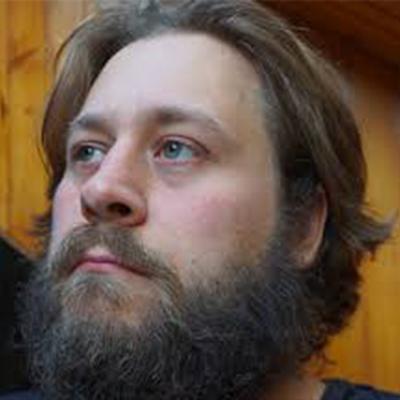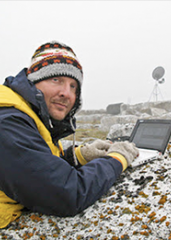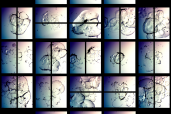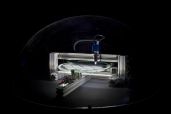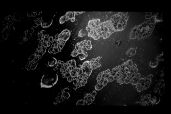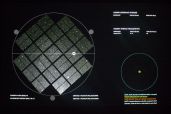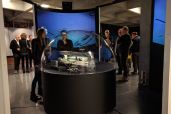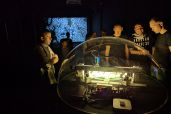AIR Alum
-The artist team of Danny Bazo, Karl Yerkes, and Marko Peljhan, from the Systemics Lab in the Media Arts and Technology Program at UC Santa Barbara, have collaborated with NASA and SETI Institute scientist Jon Jenkins on SOMNIUM from 2013 - 2016, a work inspired by the Kepler Space Telescope and the search for Earth-like exoplanets.
Image Gallery
Science Collaborator
Laurance Doyle

Long before the discovery of the first planet beyond our solar system, astronomer Laurance Doyle began theorizing about the habitability of planets around other stars, clarifying the conditions needed for a planet to bear life.
Work
SOMNIUM is a robotic audiovisual installation that provides visitors with the ability to contemplate and experience exoplanetary discoveries, their macro and micro dimensions, and the potential for life in our galaxy.
At the center of Somnium sits a round glass disc, laser-etched with an image captured by the Kepler Space Telescope (KST). The image contains hundreds of thousands of stars. An automated microscope slowly travels the surface of the disc, displaying the microscopic view to visitors using large-scale wall projections. Meanwhile, the exact location of the microscope within the starfield is tracked and correlated with luminosity measurements taken by the KST.
These measurements, called “light curves,” are converted into spatialized sounds which immerse visitors in an ever-changing wash of audio corresponding to the stars they see projected around them.
The project is named after Johannes Kepler’s story Somnium, written in 1608, which captures (and conceals) his scientific understanding of the cosmos in a fanciful narrative about a voyage to the moon.

